Market
The First Seattle Art Fair Attracts Local Tech Royalty
Paul Allen’s participation has brought stars to the eyes of art dealers.
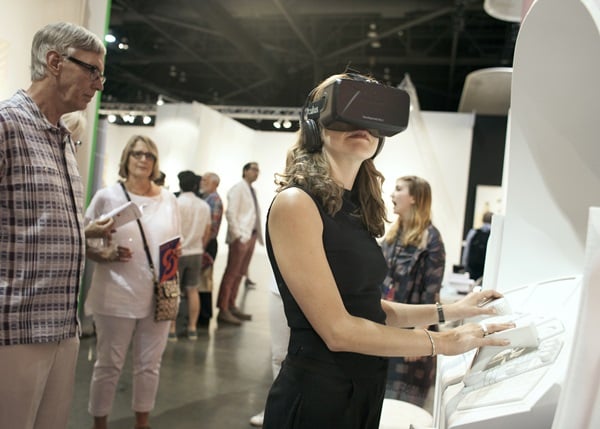
Paul Allen’s participation has brought stars to the eyes of art dealers.

Sheila Farr

Yesterday evening, under a cloudless sky on another record-breaking 90-plus degree day, patrons lined up early for a benefit preview of the new Seattle Art Fair eyeing trays of champagne awaiting them just inside the doors of Centurylink Field Event Center.
Microsoft co-founder Paul Allen, the man behind the venture, also owns the Seattle Seahawks, and this stadium is where his team plays.
At a prominent booth just inside the door, Seattle art dealer Greg Kucera was in high spirits. New York collector Beth Rudin DeWoody had stopped by and other major collectors were circulating.
“The buzz is great,” said Kucera, who was sporting a red plaid jacket in the spirit of a Northwest lumberjack. Just then, Seattle Art Museum director Kimerly Rorschach stepped up and whisked him aside to chat. Rorschach arrived early and looked to be making deals.

Atmosphere at the Seattle Art Fair.
Photo: Tori Dickson. Courtesy of the Seattle Art Fair.
Other prominent patrons spotted in the crowd included Seattle’s grand dame of art collecting Virginia Wright; her son Charles Wright, a former board chair of the Dia Art Foundation and current Seattle Art Museum trustee; American art collector Barney Ebsworth; and former Microsoft president Jon Shirley, one of the city’s preeminent art patrons.
Seattle mayor Ed Murray and Paul Allen raised the temperature of the room as they made the rounds early in the evening. Standing in front of the brightly chaotic collaborative installation at Boston-based Samson Projects, artist Mark Cooper and director Camilo Alvarez were ecstatic. “The mayor was here!” said Cooper. “He liked the work!”
Allen’s participation has brought stars to the eyes of art dealers and high hopes that it will attract more of the region’s tech millionaires to come and spend money on art. That prospect lured Gagosian to the fair, with a smorgasbord of blue chip artworks by Arshile Gorky, Helen Frankenthaler, Alexander Calder, Chris Burden, Willem de Kooning, Ed Ruscha, Takashi Murakami, and others. Gallery employees would not discuss the choice of artworks or pricing.
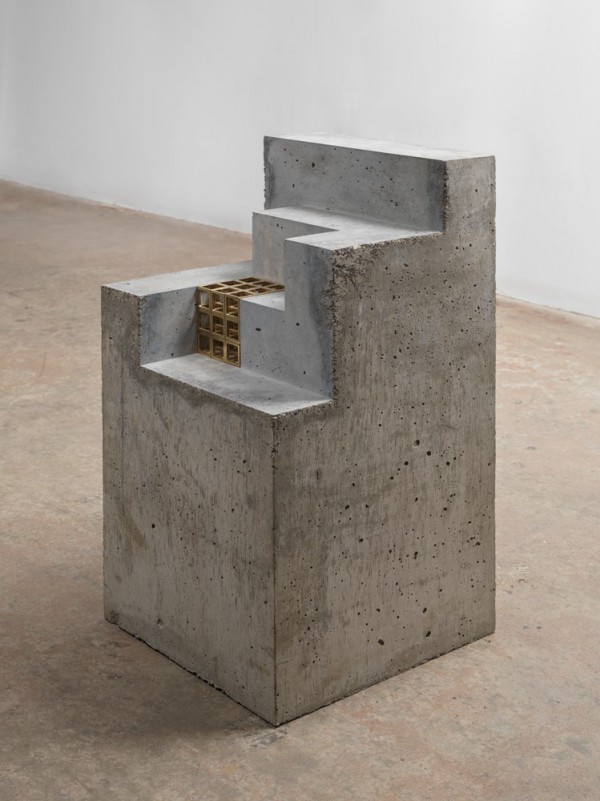
Carol Bove,
Untitled (2014).
Courtesy of David Zwirner.
At David Zwirner—where works by Yayoi Kusama took a prominent position, along with minimalist pieces by Dan Flavin, Donald Judd, Sol LeWitt, and Carol Bove—prices ranged from $8,000 to $2 million.
“We have made sales,” said director Robert Goff. “It’s going well. We know great collectors here and there’s a lot of interest…We brought serious things.”
Pace gallery director Elizabeth Sullivan was upbeat as well. “It’s been great: A lot of action,” she said during the first hour of the preview. “Really positive so far.” For Seattle audiences, she chose to focus attention on the Tokyo-based art group teamLab, which includes engineers, software architects, mathematicians, animators, and web designers.
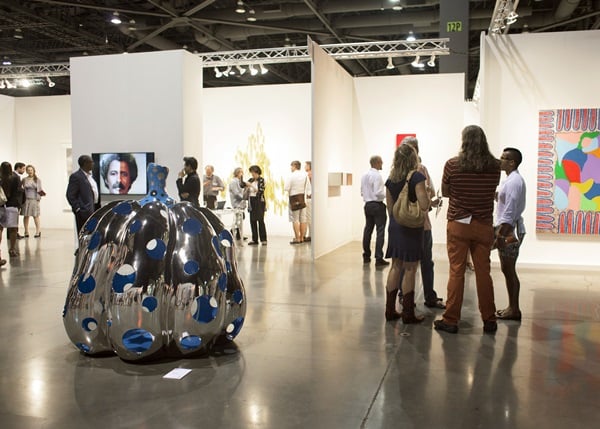
Atmosphere at the Seattle Art Fair.
Photo: Tori Dickson. Courtesy of the Seattle Art Fair.
Artists of the Northwest have long looked to Asia as well as Northwest Coast Native American art for inspiration. That Pacific Rim connection brought Tokyo-based Kaikai Kiki, which represents Chiho Aoshima, whose work is on display this summer at Seattle Asian Art Museum.
But oddly, the only Northwest Coast Native art on view arrived from New York’s Donald Ellis gallery, which brought a few extraordinary pieces along with an impressive collection of Plains Indians Ledger Drawings.
Fair organizer Max Fishko, of Art Market Productions, says the fair is on its way to becoming a destination event.
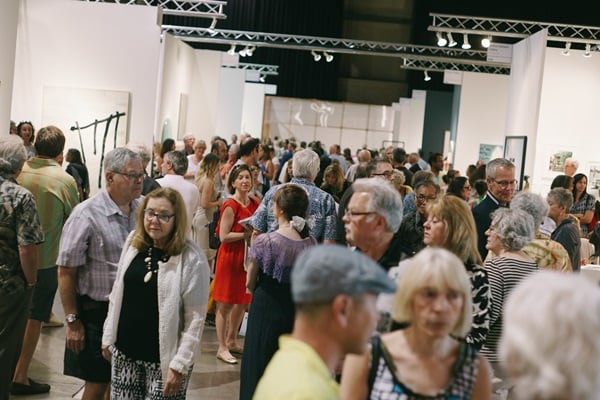
Atmosphere at the Seattle Art Fair.
Photo: Tori Dickson. Courtesy of the Seattle Art Fair.
“We already have people coming here from New York and LA and other places because the art is good and Seattle is a great place to be.” Fishko, whose parents direct New York’s Forum Gallery, says there is a long-term plan in place for Seattle’s Art Fair: “To build this into the best art fair on the West Coast and in the world.”
This isn’t the first time Seattle has tried to establish an art fair; it made its first effort over a few years in the mid-1990s. The mid-winter schedule was a drawback though—not an appealing time to lure visitors to Seattle—and at the time, the arts community expressed mixed feelings about art fairs in general. One gallery owner quipped they were “half-way between a whorehouse and a supermarket.”
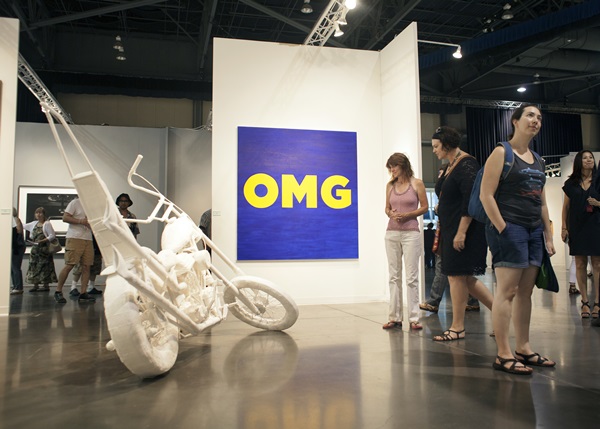
Atmosphere at the Seattle Art Fair.
Photo: Tori Dickson. Courtesy of the Seattle Art Fair.
Gagosian set up a stall in 1995, at the urging of Virginia Wright and with the lure of a potential half-million-dollar sale of a Mark di Suvero sculpture. Wright and her husband Bagley, along with Jon and Mary Shirley, eventually purchased di Suvero’s “Shubert Sonata” for the Seattle Art Museum. (Today, the piece can be seen across from the museum at Benaroya Hall, the home of Seattle Symphony.)
In general, though, dealers talked about making more friends than sales at the 90s iteration and the fair fizzled out.
But last night, those memories were distant. As the sky tinted pink after 9 pm and the full moon rose, a younger audience streamed into the crowded exhibition hall and a line of taxis and limousines waited at the entrance. For Seattle Art Fair organizers, it looked like a happy beginning.
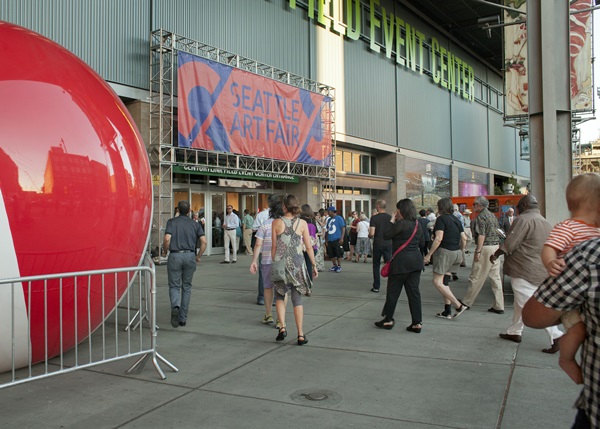
Atmosphere at the Seattle Art Fair.
Photo: Tori Dickson. Courtesy of the Seattle Art Fair.
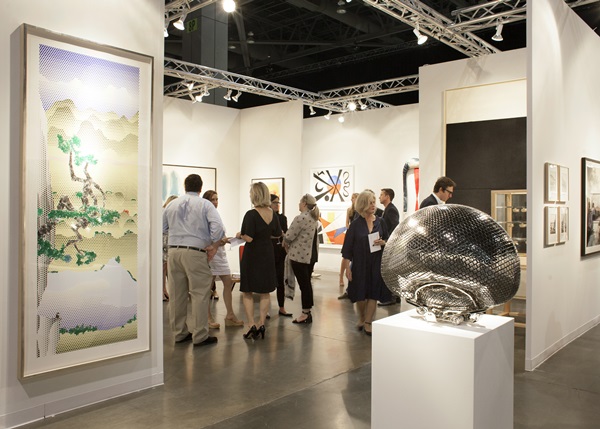
Atmosphere at the Seattle Art Fair.
Photo: Tori Dickson. Courtesy of the Seattle Art Fair.
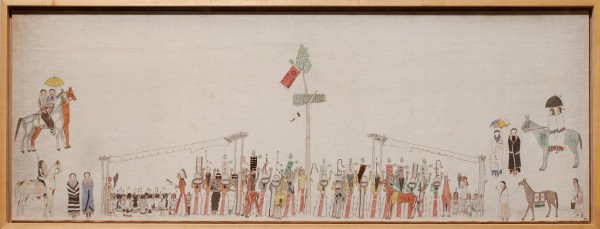
Plains Indian Ledger Drawing.
Courtesy of Donald Ellis Gallery.

Atmosphere at the Seattle Art Fair.
Photo: Sofia Lee, Courtesy of the Seattle Art Fair.
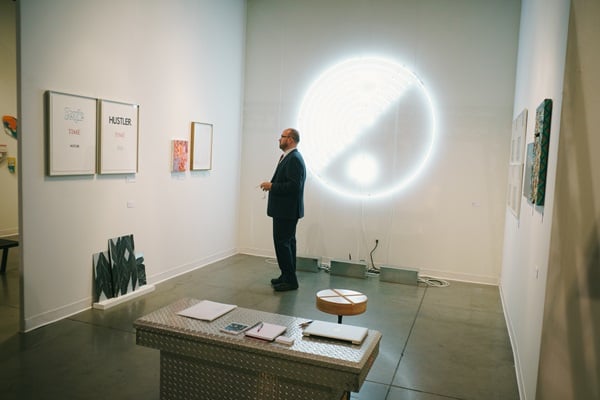
Atmosphere at the Seattle Art Fair.
Photo: Sofia Lee, Courtesy of the Seattle Art Fair.
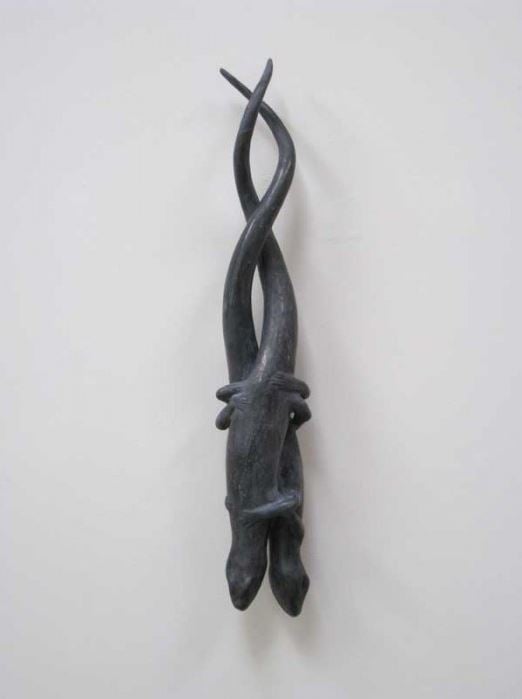
Mark Calderon, Untitled (2009).
Courtesy of Nancy Hoffman.
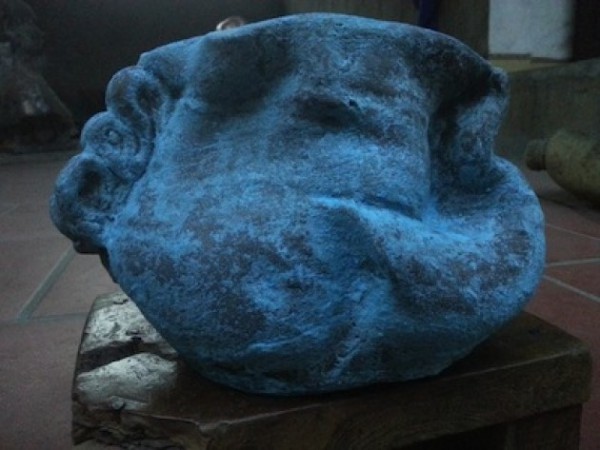
Mark Cooper.
Courtesy of Samson Projects.
Related stories:
7 Reasons Why the Seattle Art Fair Is Important
Why Are Gagosian, Pace, and Zwirner Signing On to the Seattle Art Fair?
Curator Ben Heywood Named Director of Tech Billionaire Paul Allen’s New Culture Project
Microsoft CoFounder Paul Allen Launches New Art Fair in Seattle